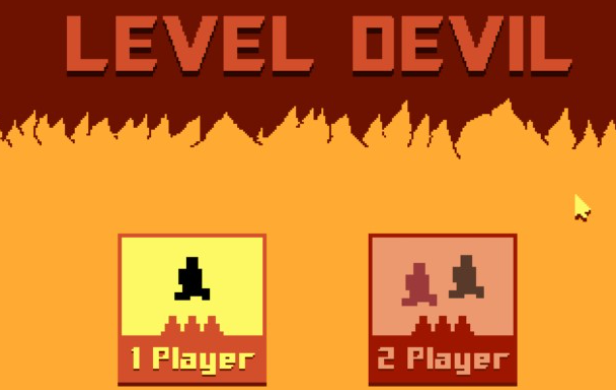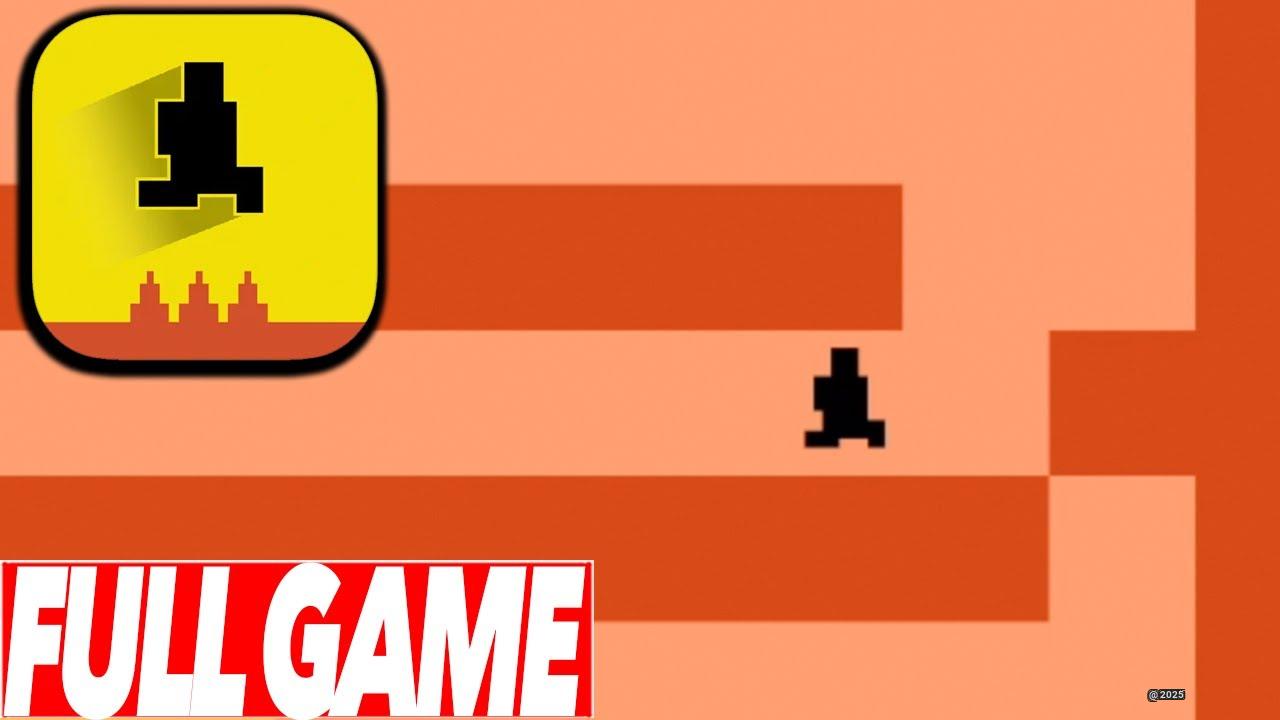Getting Over It - The Rage-Inducing Game That Millions Can't Stop Playing
“Getting Over It” stands as a masterful fusion of frustration and philosophy, where players control a stoic man trapped in a cauldron, armed only with a Yosemite hammer to conquer a treacherous mountain of debris. This physics-based platformer, crafted by Bennett Foddy, transcends traditional gaming boundaries by transforming the simple act of climbing into a profound meditation on perseverance. With its unforgiving difficulty, hand-drawn visuals, and thought-provoking narration, Getting Over It has become a cultural phenomenon that challenges players not just to scale a mountain, but to confront their own relationship with failure and determination.
New Games

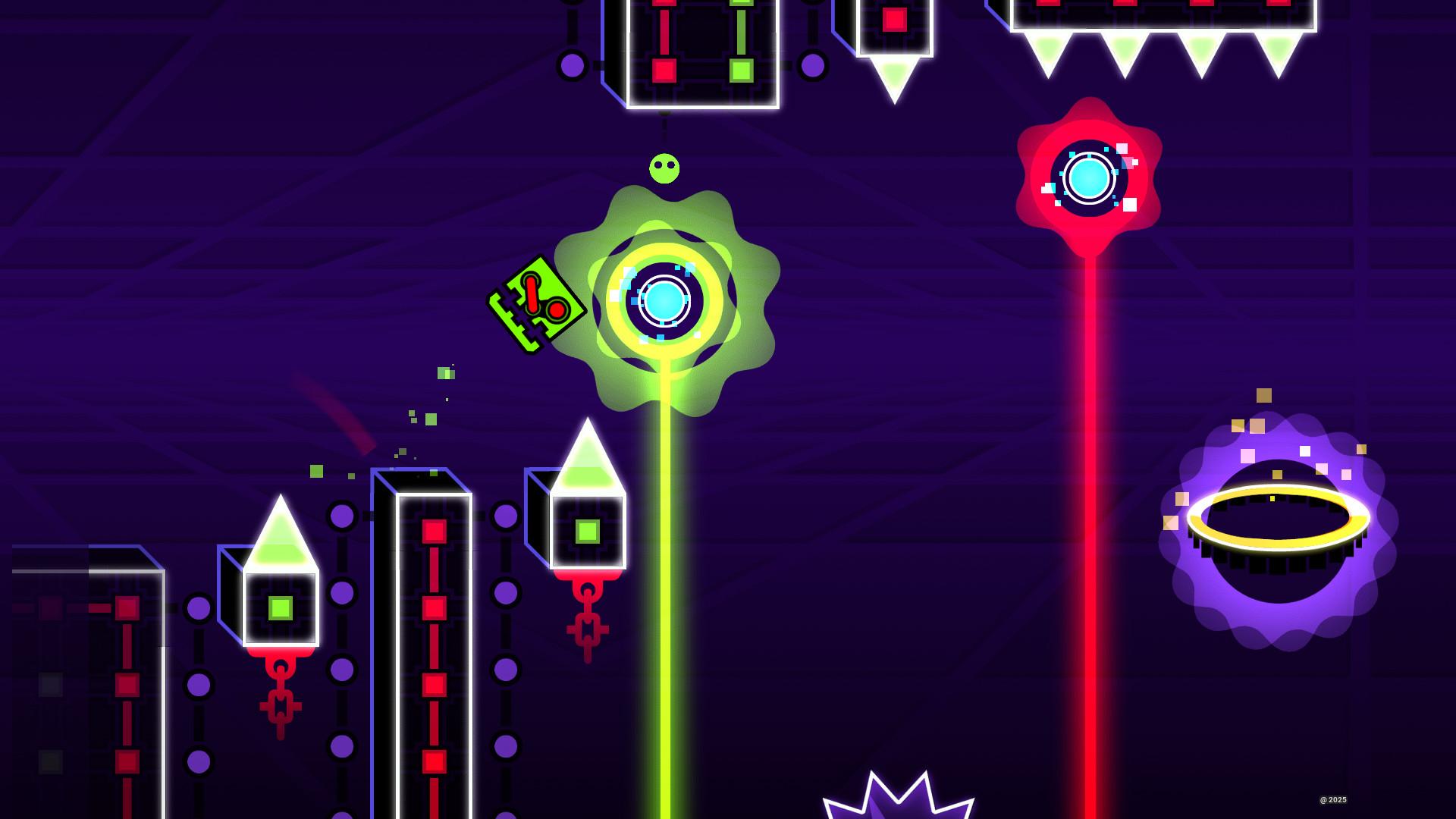

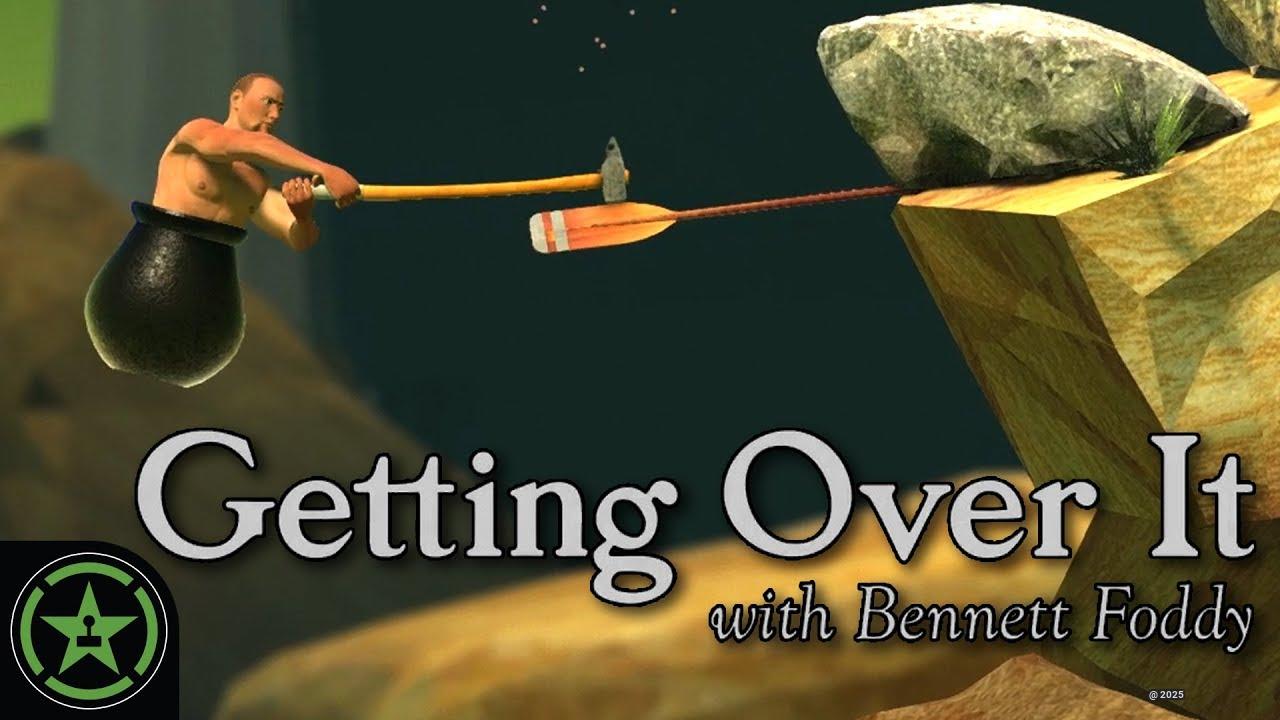


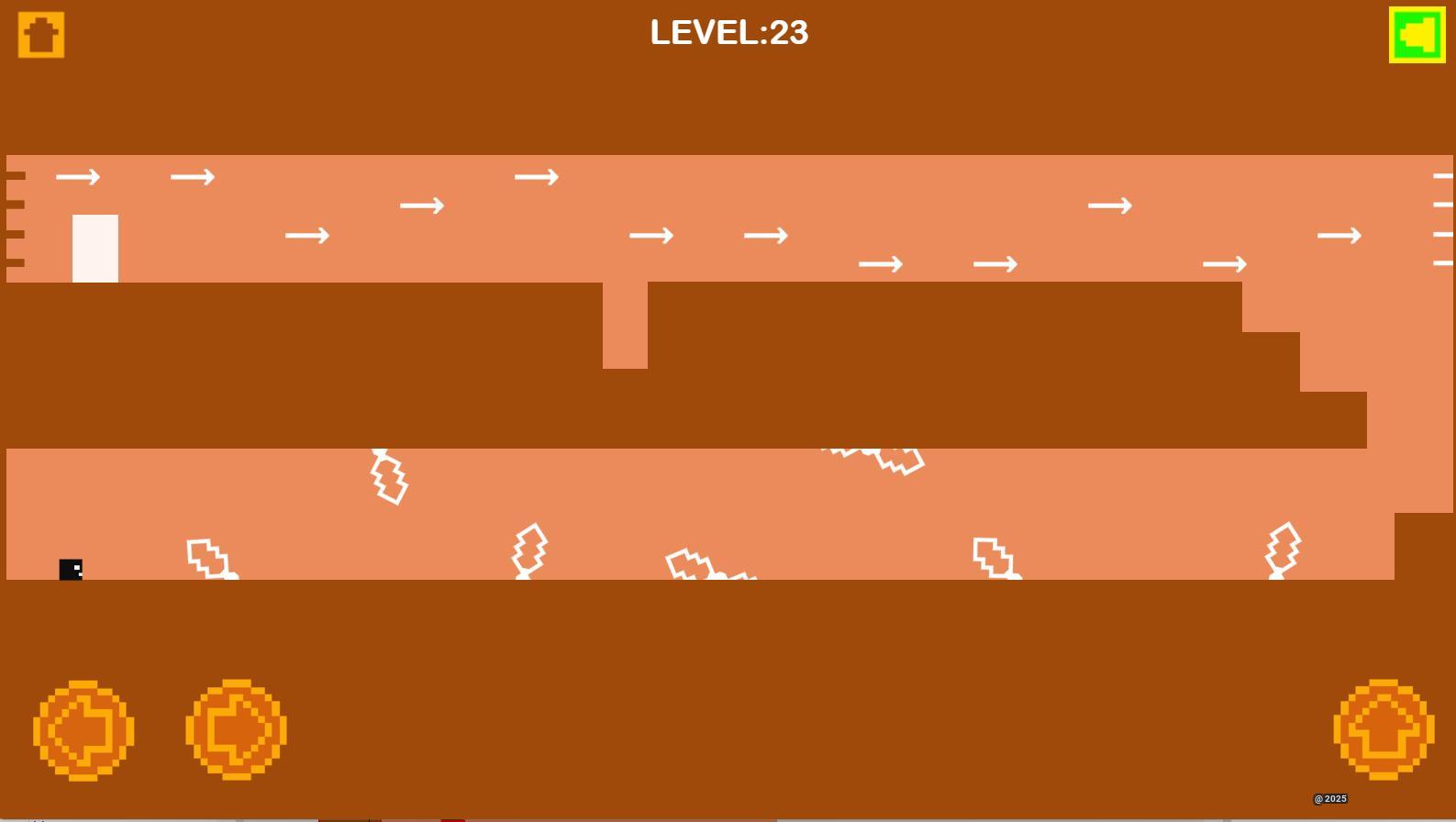



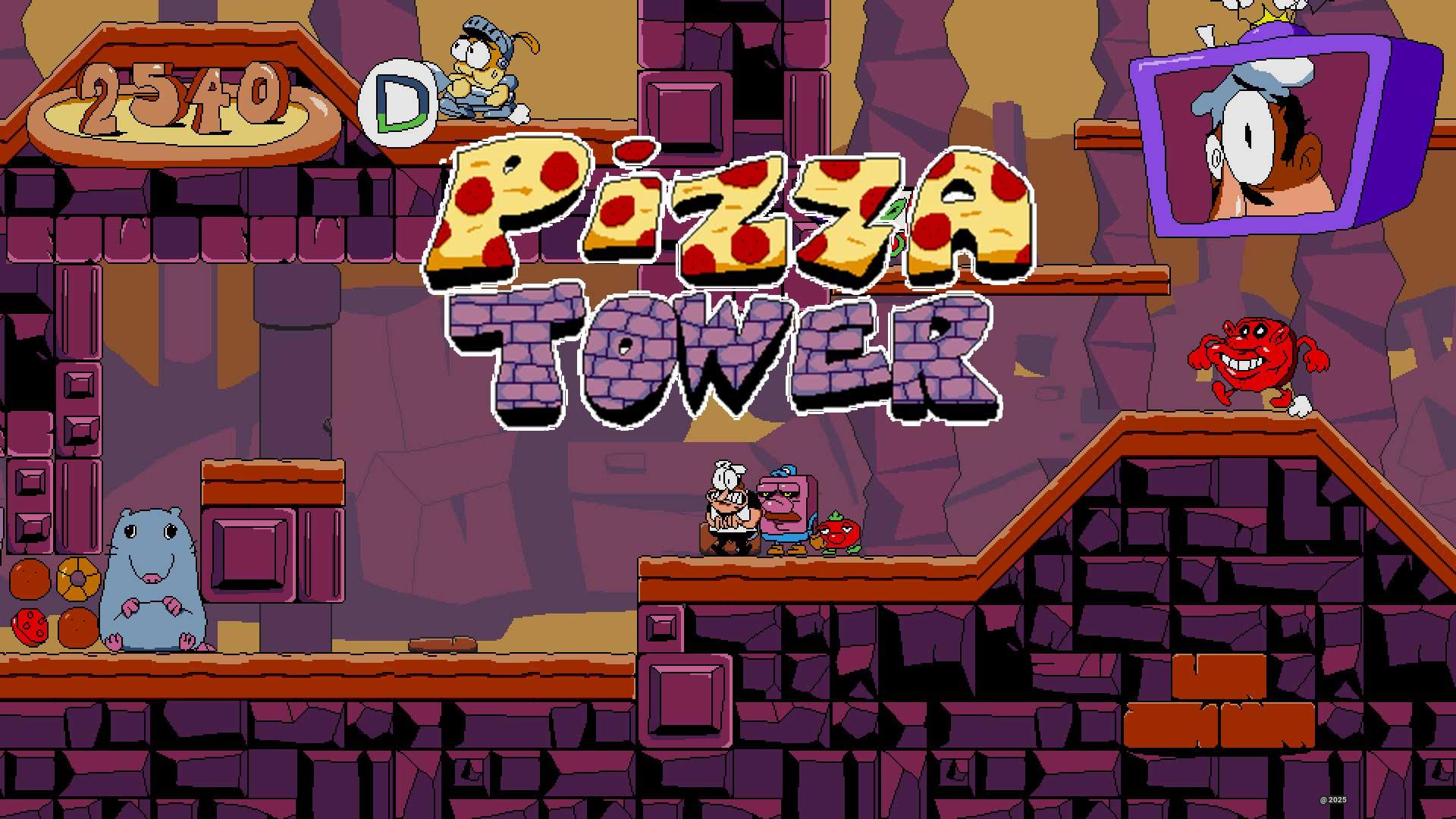
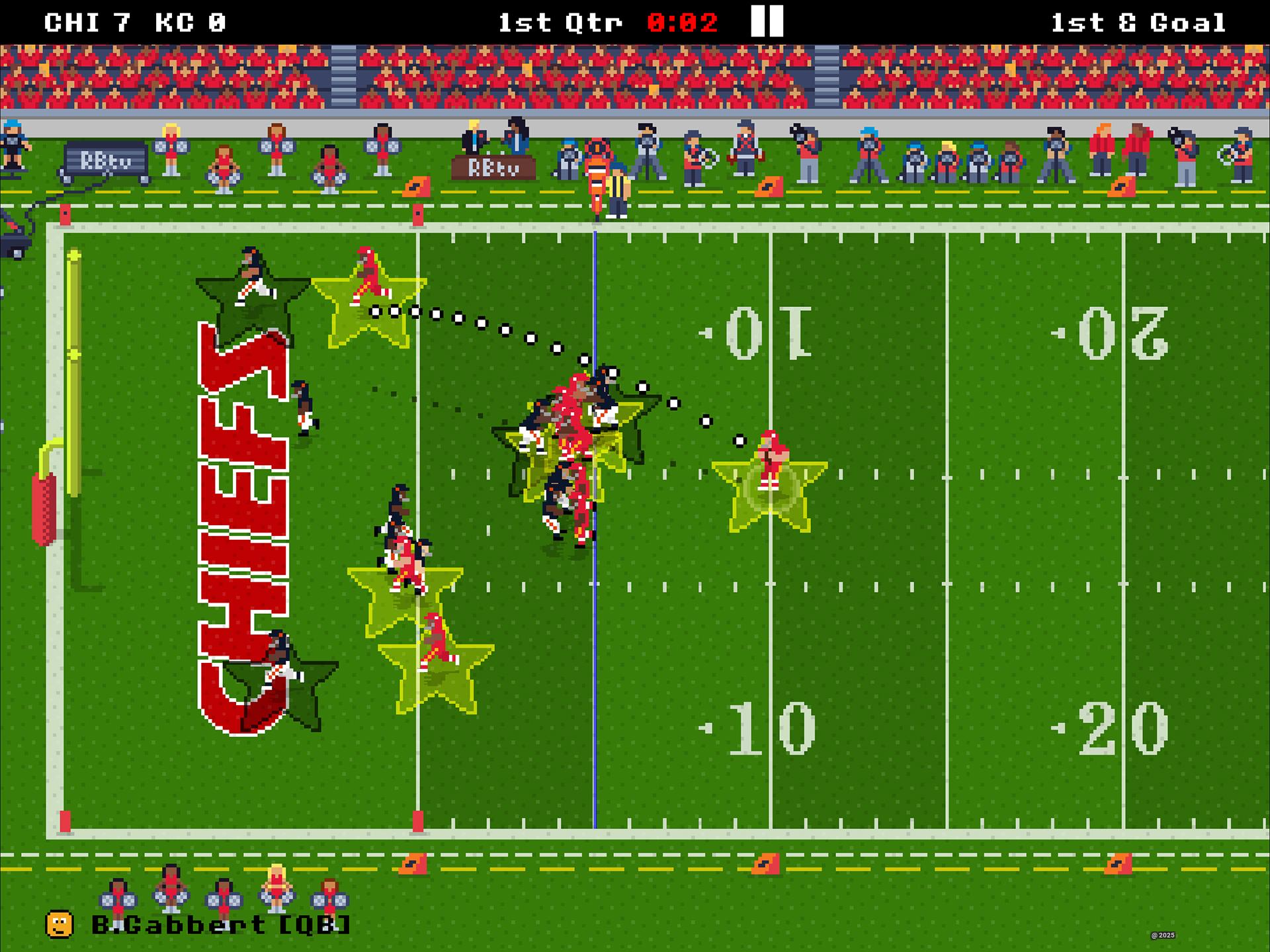


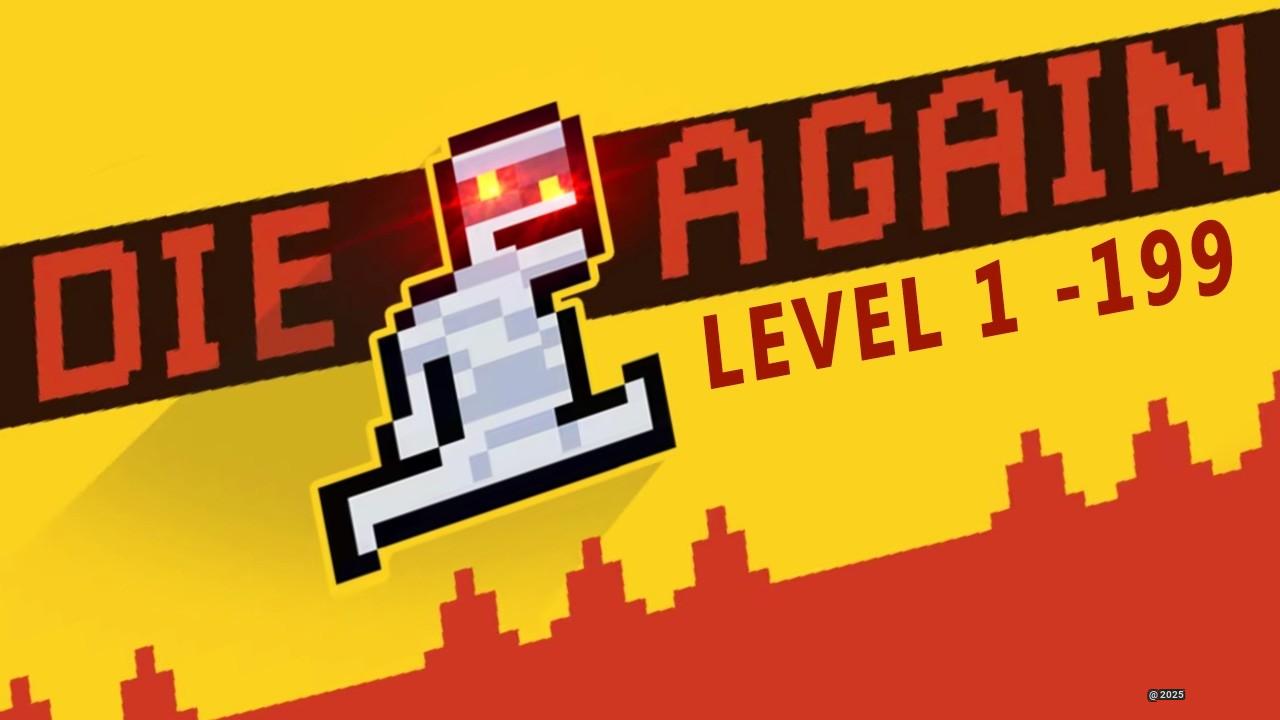


Getting Over It is not just a game; it’s a test of your patience and determination. Released on December 6, 2017, by Bennett Foddy, this platform game has captured the hearts of players worldwide. But what makes it so compelling?
- Is it easy to play? No, the game is notoriously difficult, requiring precise movements and strategic thinking.
- Can anyone play it? Yes, anyone can try, but be prepared for a steep learning curve!
- Is it worth your time? Absolutely! The unique gameplay and art style offer a refreshing experience that keeps players coming back for more.
In Getting Over It, you control a man in a cauldron, armed with only a hammer to scale a towering mountain. Each swing is a lesson in timing and control, and every fall can be disheartening. Yet, it’s this very struggle that makes the journey rewarding. With endless replayability and a vibrant, hand-drawn aesthetic, the game invites you to embrace the challenge and find joy in the climb.
Game Overview
Getting Over It with Bennett Foddy isn’t your typical platform game. I’ve spent countless hours tackling this unique challenge where you control a half-naked man stuck in a cauldron, armed with nothing but a Yosemite hammer. Released in December 2017, this game quickly became infamous for its punishing difficulty and philosophical undertones.
The premise is deceptively simple - climb a mountain of junk using just your hammer. But don’t let that fool you! Every swing matters, and one wrong move can send you tumbling back down. The game’s creator, Bennett Foddy, narrates your journey with philosophical musings about failure and persistence.
| Game Element | Description |
|---|---|
| Main Character | Man in cauldron with hammer |
| Objective | Climb to mountain peak |
| Control Method | Mouse-based hammer swinging |
How to play Getting Over It game
The basic controls are straightforward - you’ll use your mouse to control the hammer. Left-click and hold to grip the hammer, then move your mouse to swing it. The trick lies in the physics-based movement system.
Here’s what you need to know:
- Mouse Movement: Controls hammer direction and power
- Left Click: Grips the hammer
- Momentum: Key for climbing higher surfaces
- Balance: Critical for maintaining position
The real challenge comes from the precise timing and control needed for each movement. You’ll need to develop a feel for the physics engine. Small adjustments can make the difference between progress and plummeting back to the start.
Features
The game’s endless replayability isn’t just about multiple attempts - it’s about the journey of self-improvement. Each fall teaches you something new about the mechanics or your own patience.
The art style deserves special mention. Hand-drawn environments create a surreal landscape that’s both beautiful and bewildering. The visual design complements the game’s philosophical themes perfectly.
Tips and Tricks for Mastering Getting Over It
Patience is Key
- Take breaks when frustrated
- Each section requires different techniques
- Learn from every failure
Technical Skills
- Master small, controlled movements
- Use surfaces as pivot points
- Practice recovering from slips
Mental Approach
- Set small, achievable goals
- Celebrate minor victories
- Accept that falling is part of learning
Remember: success isn’t about never falling - it’s about getting back up every time.
Why is Getting Over It So Popular?
The game’s popularity stems from its perfect storm of challenge, philosophy, and shared experience. According to Steam statistics, while millions have attempted the climb, less than 1% have reached the summit.
What drives this popularity? I believe it’s the universal experience of struggle and triumph. Every player shares stories of:
- Epic falls from near the top
- Breakthrough moments after countless failures
- The euphoria of finally conquering difficult sections
The game has spawned countless YouTube videos, speedrun attempts, and memes. Its difficulty has become legendary, yet players keep coming back for more.
| Appeal Factor | Impact |
|---|---|
| Challenge | Creates memorable achievements |
| Shared Experience | Builds community connection |
| Philosophy | Adds deeper meaning to gameplay |
Similar Games
Final Words
In the world of gaming, few experiences rival the emotional rollercoaster that is Getting Over It with Bennett Foddy. This platformer challenges players not just with its demanding mechanics but also with its profound philosophical insights. As you navigate the treacherous terrain, controlling a man in a cauldron with a hammer, each swing becomes a lesson in resilience. The game’s notorious difficulty is not merely a barrier; it’s a catalyst for growth, teaching players the value of patience and perseverance.
The vibrant, hand-drawn landscapes enhance the experience, creating a surreal backdrop for your struggles. Each fall, while disheartening, serves as a stepping stone toward mastery, reinforcing the idea that setbacks are integral to progress. The community surrounding the game thrives on shared stories of triumph and failure, fostering a unique bond among players.
Ultimately, Getting Over It is more than just a game; it’s a testament to the human spirit’s ability to confront challenges head-on. Whether you’re a seasoned gamer or a curious newcomer, this journey invites you to embrace the climb, celebrate small victories, and find joy in the process of overcoming obstacles.
